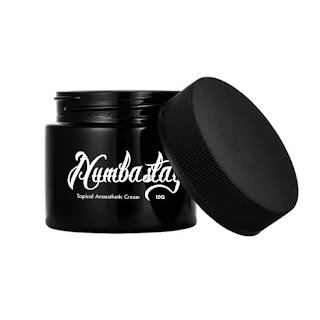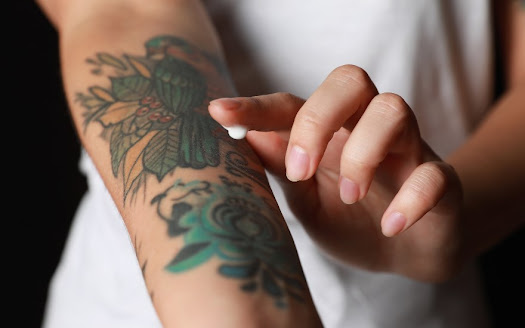Everything You Need to Know About Piercing Numbing Cream
Getting a piercing can be an exciting experience, but it can also be nerve-wracking and painful. If you're someone who's sensitive to pain, you might be hesitant to get a piercing. However, with the help of piercing numbing cream, you can reduce the pain and discomfort that comes with the piercing process.
In this blog, we'll cover everything you need to know about numbing cream for piercing, including how it works, how to use it, and some tips for choosing the right one.
How Does Piercing Numbing Cream Work?
Piercing numbing cream, also known as topical anesthetic cream, works by blocking the pain signals in your nerves. It contains an active ingredient called lidocaine, which is a local anesthetic that numbs the skin's surface. When you apply the cream to the area where you'll get pierced, it helps to numb the skin, making the piercing process less painful.
How to Use Piercing Numbing Cream
Using piercing numbing cream is easy. Here's a step-by-step guide:
- Clean the area where you'll get pierced with soap and water.
- Pat the area dry with a clean towel.
- Apply a thick layer of the numbing cream to the area where you'll get pierced.
- Cover the area with plastic wrap to help the cream penetrate the skin.
- Wait for about 30 minutes before removing the plastic wrap and wiping off the cream with a clean towel.
- Your skin should feel numb, and you're ready to get pierced.
Tips for Choosing the Right Piercing Numbing Cream
When choosing a piercing numbing cream, it's essential to choose a reputable brand that contains a high concentration of lidocaine. Look for creams with at least 5% lidocaine concentration for the best results.
Also, avoid using numbing creams that contain epinephrine, as this can cause an allergic reaction or increase your heart rate.
It's important to note that even with the help of numbing cream, getting a piercing can still be a little uncomfortable. However, using a numbing cream can significantly reduce the pain and make the experience more manageable.
It's also essential to follow the instructions for using the cream carefully. Applying too much cream or leaving it on for too long can cause adverse effects like skin irritation or allergic reactions. Always consult with your piercer or a medical professional before using any numbing cream.
In addition to numbing cream, there are a few other things you can do to reduce the pain of getting a piercing. Taking over-the-counter pain relievers like ibuprofen or acetaminophen before the procedure can help. Also, make sure to eat a full meal before the piercing and avoid caffeine or alcohol, as they can increase sensitivity and discomfort.
If you're considering getting a piercing, don't let the fear of pain hold you back. With the help of piercing numbing cream, you can have a comfortable and enjoyable piercing experience. Just be sure to choose a reputable brand, follow the instructions carefully, and consult with your piercer or doctor if you have any concerns or questions.
Conclusion
Piercing numbing cream is a great way to reduce the pain and discomfort associated with getting a piercing. By following the steps outlined in this blog and choosing the right cream, you can have a comfortable and stress-free piercing experience.




Comments
Post a Comment